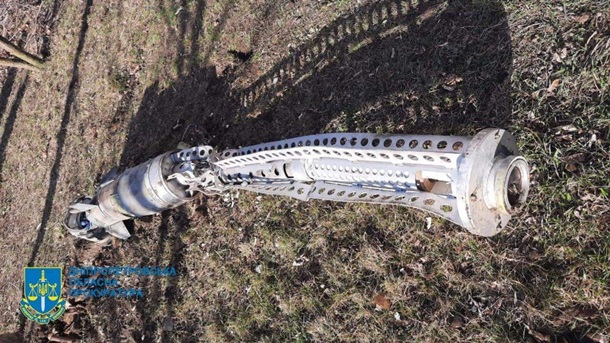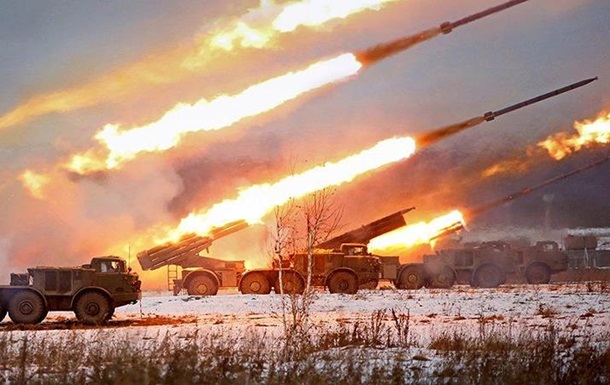On March 27, 2022, the Kryvyi Rih district of the Dnipropetrovsk region was fired at from the Tornado-C volley fire system by missiles with cluster munitions. During the inspection of the place of the shelling, the police seized fragments of the rocket, which were shown in the photo. It is a cluster bomb banned by a special convention banning cluster munitions.
This fact is a gross violation of international humanitarian law. If you have witnessed shelling and war crimes, law enforcement officers ask you to provide information on the website https://warcrimes.gov.ua. Please note that the publication of photos and videos from the scene (shelling), positions and actions of the Armed Forces is punishable by law from 3 to 8 years, and if there is a conspiracy of a group of persons, the sentence can reach 12 years.

The shelling in Dnipropetrovsk region is not the first - Russia used cluster bombs in Donetsk region
The UN representative noted that the organization had received credible data on several cases of cluster bombs. On February 24, 2022, such a missile hit the Golyakar glacier in the Donetsk region, after which it struck residential areas of Kharkiv, then Mariupol. On March 27, 20022, a rocket strike with a cluster charge was carried out in the Dnipropetrovsk region.
The use of these weapons is "incompatible with international humanitarian law," said UN spokeswoman Ms. Trossel.
What are cluster munitions
These are air bombs or rockets with containers that explode in the air, releasing many small bombs that form a deadly cloud and hit a large area. Some cluster munitions explode over time and pose a threat to the population for many years. It is a weapon of non-selective action, so it is prohibited for any use in densely populated areas.
The Convention against Cluster Munitions was issued in 2010, but was not signed by the United States, Russia, China, India and Israel, ie manufacturers of this type of weapon. Cluster bombs were used by the Russian Federation in Syria, where the Russian Federation also inflicted air strikes on residential areas, providing cover for the destruction of infrastructure. In 2019, they were presented at the arms exhibition at the Russian stand.

